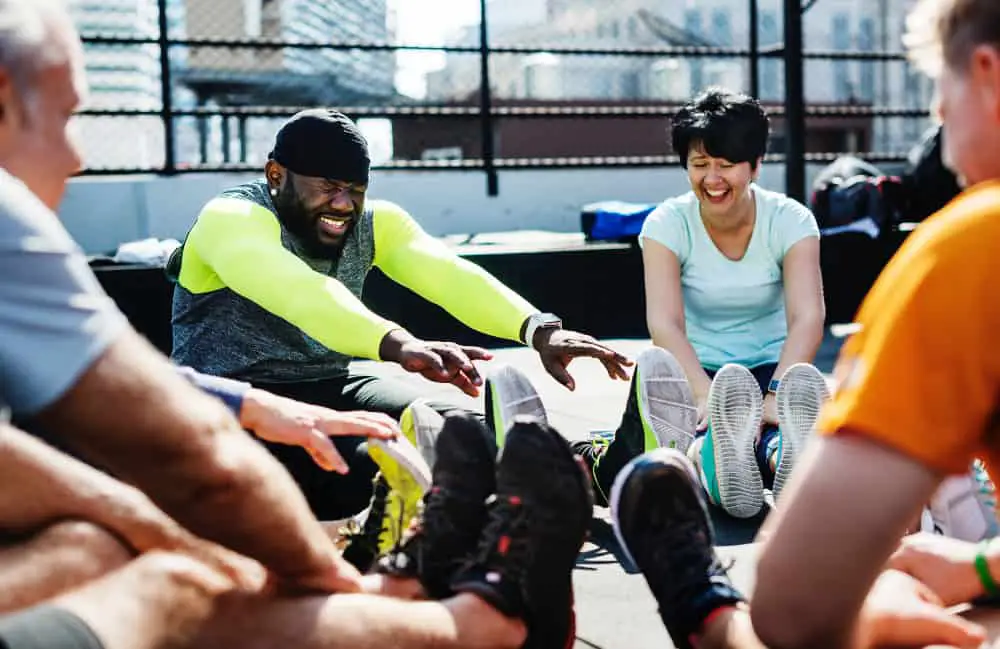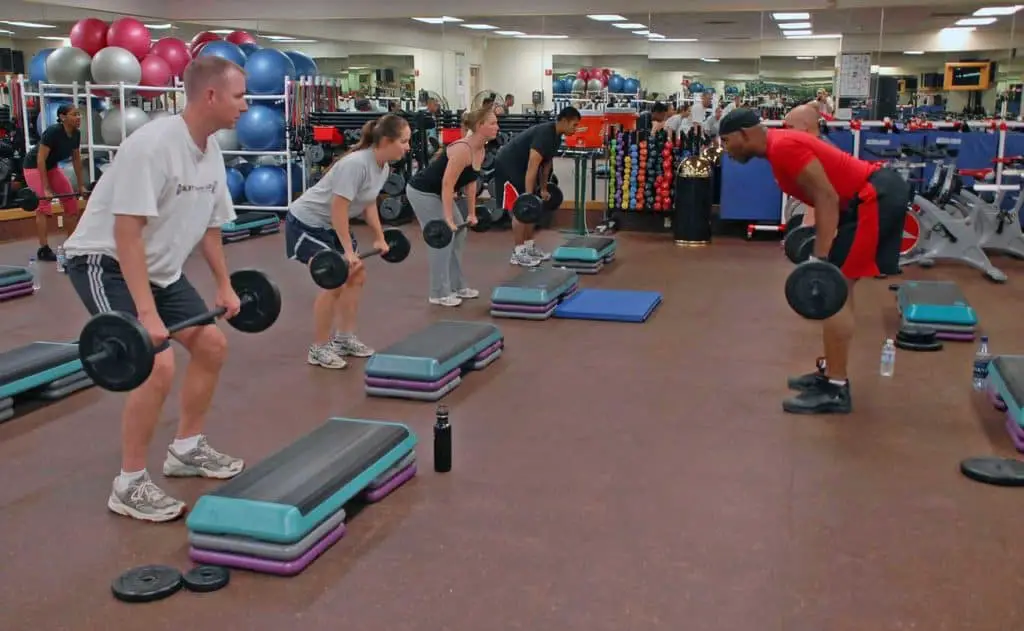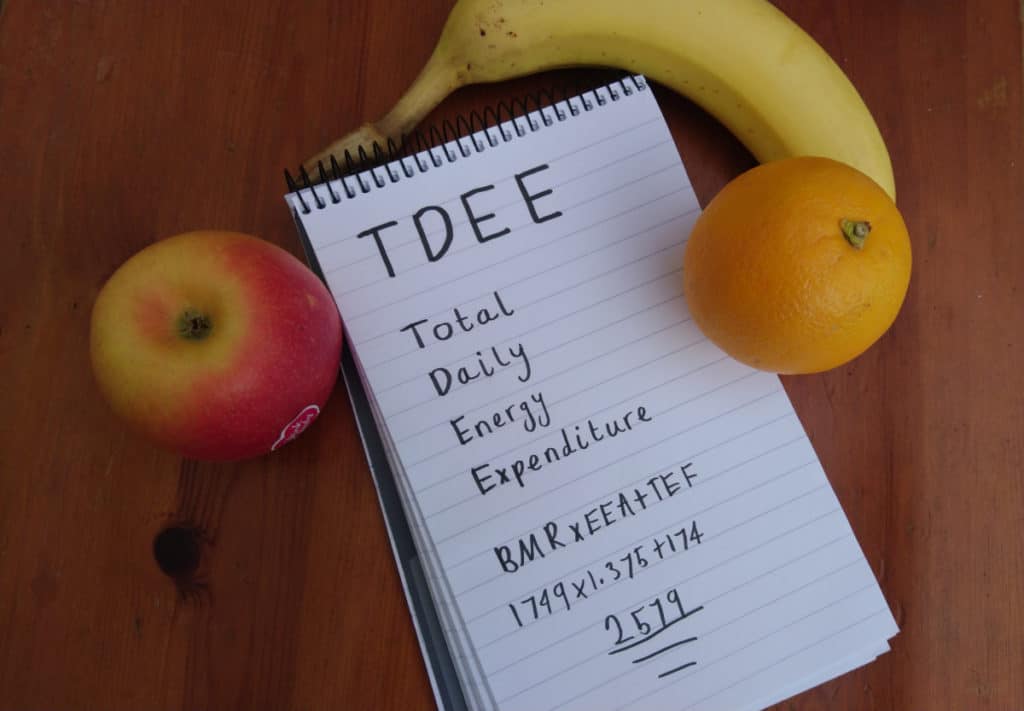We usually want to change some aspects of our lives, sometimes we do not know where to start. Setting fitness goals can help you in determining where you need to go and the necessary steps to get you there.
Goal setting is the first step towards better health and well-being.
Setting goals provides direction, motivation, feedback, and allows you to develop important learning strategies.
Below are some effective goal-setting tips that will help you along your health and fitness journey.
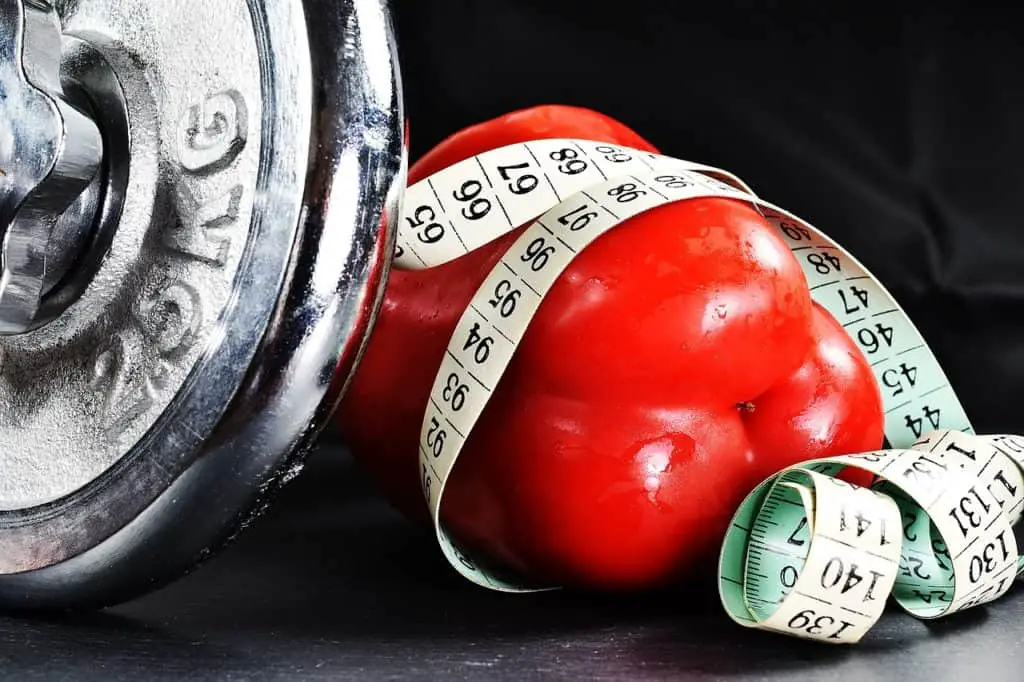
Pinpoint Your Fitness Goals
Take your time and contemplate the things that you would like to accomplish and the changes that you want to see. Start by identifying your short-term goals. These may include things that you need to change over the next few weeks or months.
Then determine your mid-term goals, which are the aspects that you would like to accomplish in 6 months or one year. Finally set your long-term goals. These are the things you hope to achieve in a lifetime. There are certain characteristics of effective goals.
Your goals need to be Realistic and Specific & Concrete.

Realistic Goal Setting
Ensure that you can attain the goals you set. They need to be realistic. If you set health and fitness goals too high, you will find it difficult to attain them and your motivation may wane.
For instance, if you have never engaged in any exercise, expecting to go to the gym for an hour five times a week could be unrealistic.
A more attainable fitness goal may be to visit the gym twice or three times a week for 30 minutes. It is advisable to start small and formulate larger goals as your progress.
I’ve personally set some unrealistic goals. I looked at transformation pictures and thought yes that will be me in 6 months.
I had not taken my age into consideration when trying to achieve the same results. These were younger guys, no family.
On the other hand, I’m not telling you to set really easy goals. You need to set yourself a challenge.
Specific and Concrete
Your chances of accomplishing your goals will be much better if they are concrete and specific. Avoid setting vague goals.
If you set vague goals, you will find it challenging to come up with the steps needed to attain them. With specific and concrete goals, knowing when you have met them will become much easier.
For instance, I need to exercise more is not an effective goal. How will you notice if you are exercising enough? I need to exercise three times a week for 45 minutes is a much better goal as you will know if you have achieved it.
Find out How you can Achieve Your set Goal
It is not quite enough to determine a fitness goal. You have to put a plan in place to reach that specific goal. Different goals in fitness will need different approaches to accomplish.
For instance, losing some pounds will require the regular burning of more calories than you usually consume. My calorie calculator will help you with this.
As such, an effective strategic plan can include:
- Exercising for not less than 45 minutes three to four times per week
- Reducing your consumption of junk food and other fattening foods
- Eating smaller food portions
- Consuming more fresh vegetables and fruits
Ask an expert or conduct some research if you are unsure about how best to go about accomplishing your goals.

Set Small, Specific Mini-Goals
You can break down many goals into smaller more attainable ones. This is particularly true for long and medium-term goals.
Breaking your health and fitness goals into smaller and specific goals significantly increases your chances of accomplishing them. Some great actions to take include:
- Decide on a reasonable timeframe. For instance, if one of your goals is to shed 40 pounds, then a reasonable 2 pounds weight loss on a weekly basis means that you will have to give yourself about twenty weeks.
- Consider your workout schedules as just mini-goals. For instance, one mini goal could be to work out four or five times a week.
- Set your mini-goals each week or every two weeks. As you accomplish more of your mini-goals, you will become more motivated to achieve the major goals.
Here’s an example of a really good small goal. You may want to learn more about healthy eating. Reading a book like The Fat Burning Kitchen would help you achieve this goal.
You can find out more about the book The Fat Burning Kitchen from my review.
What is an example of a Long Term Fitness Goal?
Long-term goals don’t have to be weeks or months. These can be set in years. As we mentioned above you break them down into smaller chunks.
You can look at long-term goals as end goals. But once you’ve achieved your end goal there is nothing stopping you from settings new goals. Just look at Arnold Schwarzenegger he was always setting himself goals.
Examples of long-term goals can be to lose 100 pounds of fat or put on 20 -30 pounds of muscles. This can even be to lower your cholesterol levels.
Here’s my long-term Fitness goal. I want to be the same weight as when I started training back in 2016. But to be at 10% body fat.
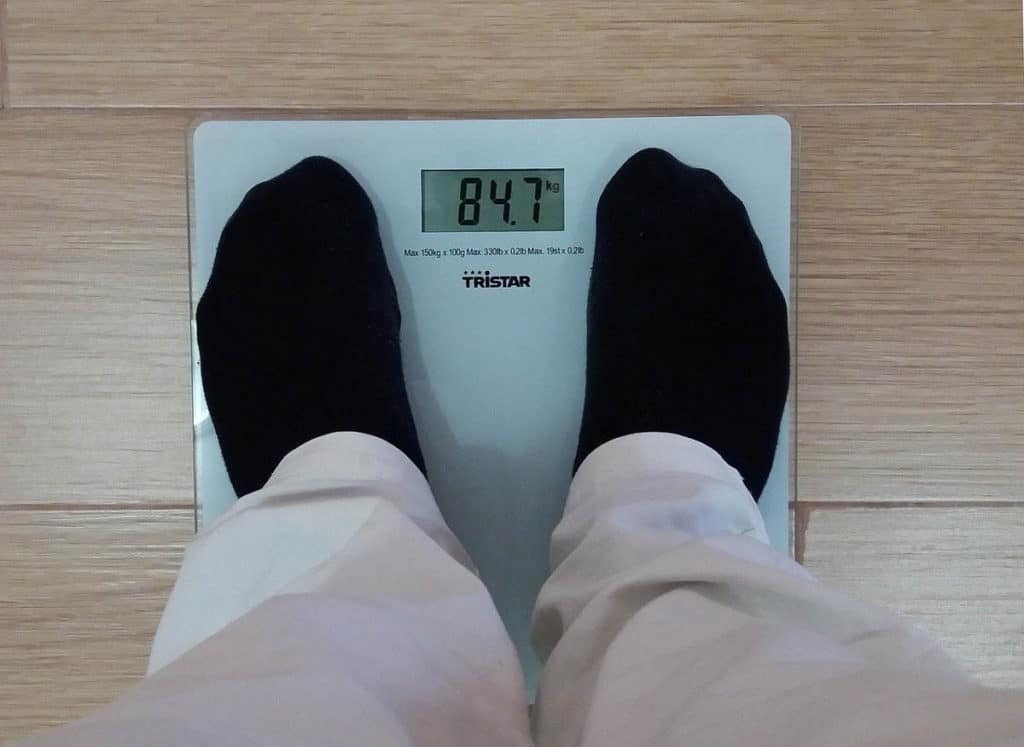
Regularly Check Your Progress
Now that you have made your goals measurable, you have to decide on the methods to check how you are progressing.
Ensure that you write down every detail in your diary. Ensure that you check your progress in objective ways.
For instance, if your workout program includes weight training, jot down the weights, and reps for every session. This helps me to keep pushing up the weight and reps.
If you are working out to shed some pounds, keep careful track of your weight loss. Measure your progress using the most appropriate methods.
A bathroom scale will not differentiate between fat and muscle. This means that you may lose fat and still gain or maintain the same weight if you gain muscle at the same time.
In this regard, body fat percentage measurements would be the best measurement to go with.
Find many different ways of monitoring your progress. For instance, if you are working out to lose some weight, you may write down your workout sessions, weekly measurement, and daily diet.
Also, include incidental accomplishments such as fitting into smaller size pants or feeling more energetic. Give yourself many opportunities to succeed and celebrate the progress.
I take weekly measurements of my waist, body fat percentage, and weight. I’ve written an article called 5 reasons why you should keep a training log. Here is a link to that article.
Adapt To Any Changes
A lot of things can happen that can interrupt your journey to achieving your goals. You should always be ready to cope with any interruptions.
For instance, if you travel and are unable to go to the gym, you can perform home-based workouts. If you get sick or injured, do not abandon your health and fitness goals.
You just need to adjust your goals’ time frames. Formulate mini-goals that can help you stay on track as you recover.
For instance, if you are too sick to work out, you can still make improvements to your diet. Write down these new goals in your own diary to help you stay motivated.

Reassess and Recommit Every Few Months
In health and fitness, just as in business, taking stock at regular intervals is very important. It is advisable to assess how you are doing once every few months either with a trainer or on your own. It can be very empowering to meet a goal.
Periodic assessment can spark well-deserved minor celebrations. Seeing that you are lagging behind on a goal can be very instructive. It can tell you if your plan was ineffective, too ambitious, too restrictive, or simply impossible to follow.
It can also help you determine the distractions that prevented you from committing to your goals. If this is the case, you simply need to readjust your plan to suit your obligations and schedules better.
Overall, goal setting is a very important step in helping you to jump-start your health and fitness journey and achieve a lifestyle that is right for you.
Goals will make working out/dieting efficient, keep you on the right track, help you progress, and keep you motivated.
Conclusion
I hope you found this article helpful and has given you some ideas for setting your own fitness goals.
I definitely find it helpful to set goals. Sometimes I meet my goals, I’ve also failed to achieve some of my goals as well.
I’ve also had to change the duration of my goals due to unforeseen circumstances, for example, injuries or an operation.
If you do fail on a goal, don’t give up, learn from your mistakes and set yourself a new goal. You can achieve the health and fitness you desire, it just takes work and dedication.
I would love to hear about your fitness goals, please feel free to leave a comment down below.
